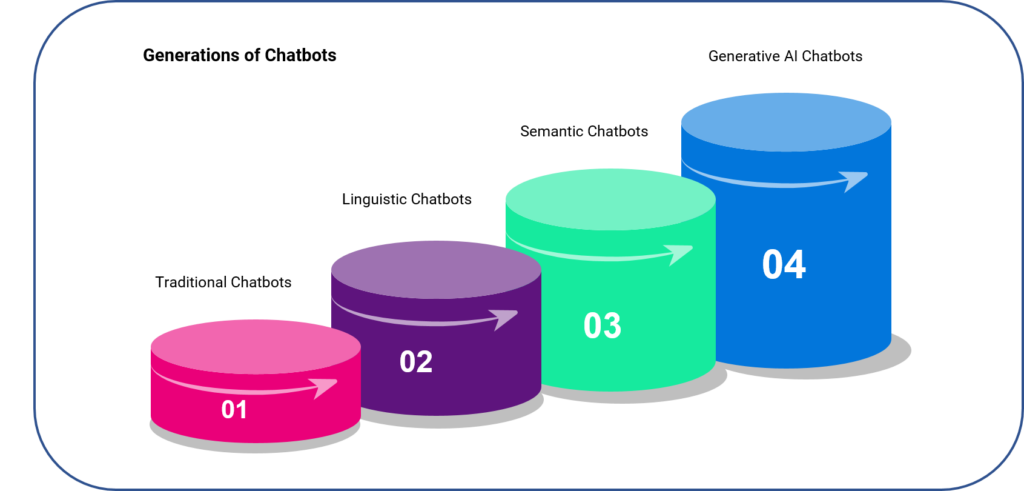
– by Juan Seoane, July 22nd, 2023.
The efficiency and user experience of Chatbots have been subject to prejudices in many cases, and in some instances, these prejudices are well-founded. This is due to a significant percentage of Chatbots failing to provide a satisfactory experience when attempting to solve problems, find relevant information, or conduct transactions.
According to various studies conducted by Microsoft, Zendesk, and Hubspot, approximately 2 out of 3 conversations with Chatbots do not yield satisfactory answers
However, less than a year ago, the world witnessed the astonishing capabilities of ChatGPT in engaging colloquially, interpreting context, instructions, and questions, and providing creative and accurate responses in most cases.
It is true that currently, ChatGPT and other Generative AI products have not yet achieved an optimal level of reliability. They can provide incorrect answers in some instances, suffer from high latency times, are costly, and raise concerns about handling sensitive data privacy.
So, what is the solution we should adopt considering that most Traditional Chatbots fail to resolve a significant percentage of queries and Generative AI is not yet ready for out-of-the-box productivity?
Between Traditional Chatbots and Generative AI, there are several options to address scenarios that require a high rate of automatic resolution, an experience closer to human interaction, and satisfactory responses in just a few steps.
Traditional Chatbots, also known as Flow-based Chatbots, often guide conversations through pre-established flows, limiting the ability to have unstructured conversations and potentially leading to user frustration and early conversation abandonment.
The adoption of techniques such as natural language processing (NLP) has driven the evolution of Traditional Chatbots, giving rise to Linguistic Chatbots. These Chatbots focus on natural language comprehension and generation and are designed to answer questions based on linguistic patterns and predefined rules. However, their dialogues remain constrained by pre-defined structures and may have limited knowledge bases, resulting in more rigid responses confined to predetermined options and rules.
A third evolutionary stage is Semantic Chatbots. These go beyond linguistic pattern processing, emphasizing understanding the meaning and context of conversations. They leverage advanced natural language processing techniques, such as semantic analysis and knowledge processing, to better comprehend queries and deliver more accurate answers. Semantic Chatbots can also utilize structured knowledge bases or employ advanced language models to generate more consistent and relevant responses.

This represents the current state of the most advanced and productive Chatbots available in the market, while aiming to integrate Generative AI technologies early on, ensuring data privacy, reasonable performance, and consistent outcomes.
The synergy of these technologies can yield remarkable results, endowing the Chatbot with personality, amalgamating public and private information, and seamlessly integrating with your proprietary systems to deliver the most optimal responses for each case.
As time progresses, the world of AI-powered conversational experiences will undergo significant transformations. Nevertheless, even today, incredible outcomes can be achieved by leveraging the right technology to automate over 90% of conversations, enhance customer and prospect experiences, and optimize operational processes.
I hope this article sparks the critical thinking needed to evaluate the best conversational alternative for your prospects and customers.
Feel free to reach out to me if you require assistance in analyzing alternatives for your business or if you simply wish to delve further into this topic.”
#ConversationalAI #Chatbots #MarketingAutomation #CustomerSupport #CustomerExperience #Automation #Technology #Innovation #AI #CX